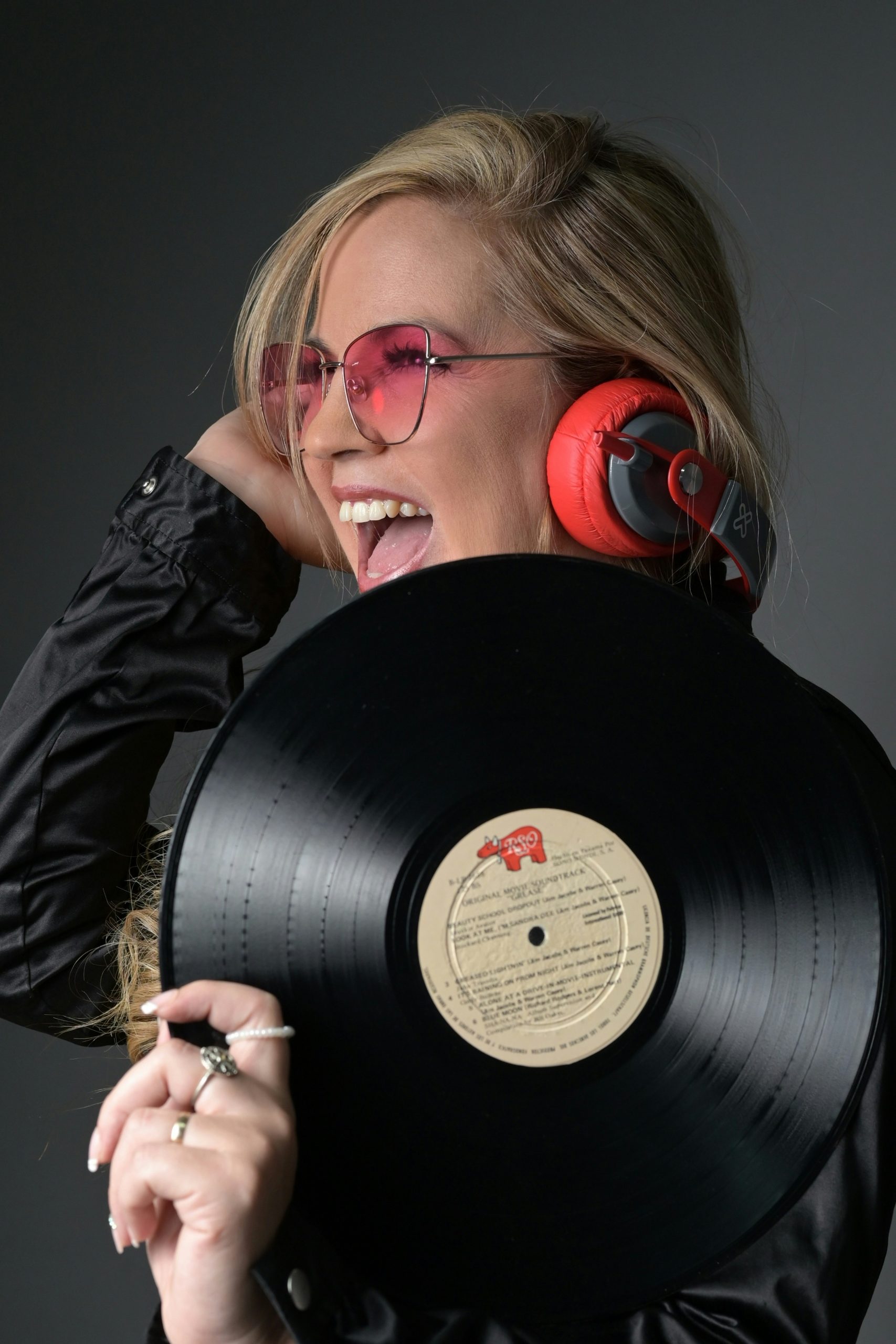The music journey has evolved from physical hustle to digital streams that changed the game for artists and fans alike.
These days, it’s as simple as opening Spotify, Apple Music, Audiomack, or Boomplay to catch the hottest songs. But the journey wasn’t always this smooth. Before streaming platforms, musicians had to go through plenty problems just to get noticed. The grind was real, the hustle was deep, and the struggle to be heard was another level entirely.
Let’s take a trip down memory lane.

CDs, Cassettes And Vinyls – When Fans Paid For Every Song
Back then, you couldn’t just “stream” a track. If you liked a song, you had to buy the whole album. CDs, cassettes, and vinyl records were the treasure boxes of music.
Artists relied heavily on sales to survive, and music shops were always buzzing on release days. Some fans even kept collections of CDs like trophies. Having a stacked shelf of music was the pride of many homes.
For artists, this meant heavy investment—printing, packaging, and distribution had to be handled carefully. It was stressful, but it was the only way to earn from music.
Radio Airplay – The Biggest Plug
Radio was the kingmaker. If your song played on the right station, at the right time, you were halfway to stardom. DJs had massive power, and artists would lobby, beg, or hustle hard just to get airplay.
Songs that became “radio anthems” easily crossed cities and even borders. Radio also gave fans a sense of exclusivity—hearing your favorite jam at night on a top show felt like magic.
Music TV – The Stage Before YouTube
In the 90s and 2000s, TV channels were the pride of musicians. MTV, Channel O, Trace, and Soundcity in Nigeria gave artists their big break.
Music videos weren’t just visuals; they were status symbols. If your video aired on MTV Base, it meant you had arrived. Fans would sit in front of the TV, waiting for their favorite video to pop up, then rush to school or work the next day to gist about it.

Street DJs And Mixtapes – The True Grassroots Movement
In Nigeria, street DJs were lifesavers. Their mixtapes—burnt on CDs, blasted at bus parks, or sold in Alaba International Market—were the real promotion engines.
Upcoming artists knew that if they could “enter” a street DJ’s mix, their song could blow without radio or TV. Some DJs became celebrities on their own, simply because they had the power to decide what the streets listened to.
Concerts And Tours – The Real Breadwinners
No streaming royalties, no digital downloads—so artists made their biggest money from shows. Concerts, club gigs, and tours were everything.
Fans connected with artists face-to-face, and word-of-mouth from a lit performance could spread faster than any advert. Posters and flyers pasted on street walls were the main way to announce concerts, alongside adverts in newspapers.
Record Labels – The Industry Gatekeepers
Independent artists hardly stood a chance. Record labels controlled everything—production, marketing, distribution, and promotion. Without a label, getting nationwide or international exposure was nearly impossible.
Labels also had the financial muscle to push artists, but they demanded loyalty and, sometimes, tough contracts. Still, many artists saw labels as the only ticket to success.
Piracy – Both A Curse And A Blessing
Piracy was a menace, but strangely, it also helped music spread. Bootleg CDs and tapes often carried songs to places official distributors never reached.
Some artists quietly admitted that piracy gave them wider recognition, even though it ate deep into their income. In fact, the streets sometimes discovered new artists through pirated mixtapes before the mainstream did.

The Rise Of Streaming – Music Without Borders
Then came the digital revolution. Streaming platforms like Spotify, Apple Music, Audiomack, and Boomplay completely changed the game.
Artists no longer need to print CDs, chase DJs endlessly, or rely fully on labels. With just one upload, a song can travel across the globe in minutes. Analytics now show where fans are listening from, and royalties drop from every stream.
For fans, the change is even sweeter. No more carrying stacks of CDs—millions of songs now fit into one phone app. Music has become cheaper, more accessible, and personalized with playlists and recommendations.
From CDs to streams, from street mixtapes to curated playlists, the evolution of music shows how technology reshaped the entire industry. The hustle used to be physical, now it’s digital—but at the end of the day, the goal remains the same: for artists to be heard and for fans to enjoy good music.














